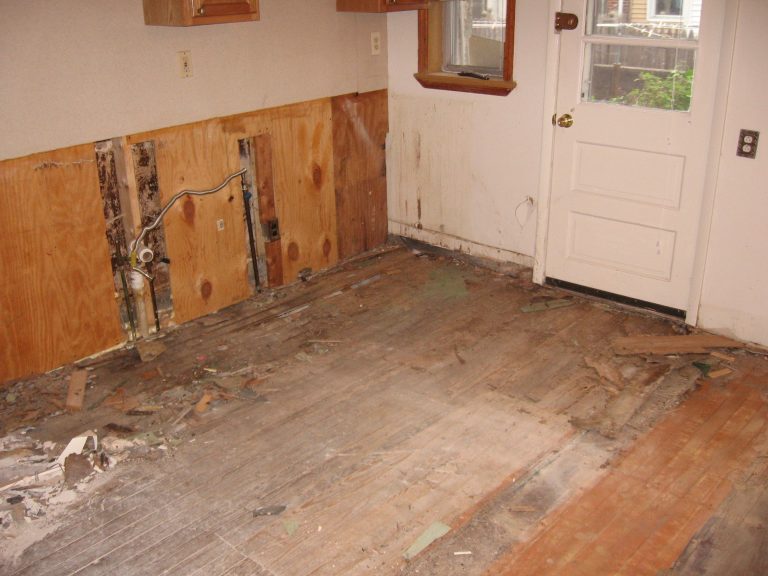Finance is the backbone of any successful business. Without adequate financial management, a business is unlikely to thrive, let alone survive. In this article, we will explore the reasons why finance should be the main priority in businesses.
How to keep your finances safe
Keeping your finances safe is essential for financial stability and peace of mind. With the increasing number of cyber-attacks and financial scams play casinoclic casino en ligne games at the reliable sites , it is important to take proactive measures to protect your finances. Here are some pointers to keep your money secure:
Why does a company need a financial report?
A financial report is a comprehensive document that provides an overview of a company’s financial performance over a given period. It includes information such as revenues, expenses, profits, assets, liabilities, and cash flow. In this article, we will explore the importance of a financial report for a company.
How to Design and Plan Your Dream Greenhouse Or Shed
A greenhouse is a fantastic way to grow your plants and vegetables. It provides the right conditions for photosynthesis, the process whereby plants use sunlight to make food in their leaves. Greenhouses are great for growing plants in the winter and can be used for many different types of horticulture. However, it is essential to…
Gardens Add Life and Equity to Your Home
When it comes to investing in a new home, the one word you always want to keep in mind is equity. The more equity you build up in your home the more valuable it will be should you decide to sell one day. Or, part of your retirement plan might include applying for reverse mortgage….
Ways To Have Sustainable Meat Without Slaughtering Animals
There are several ways to eat sustainable meat without killing an animal. For example, you can buy cultivated meat, support animal-friendly farmers, buy in bulk, and buy plant-based or fermented substitutes. In addition, you can reduce your carbon footprint by avoiding slaughterhouses and other animal-related activities. In a world where sustainability is becoming increasingly essential,…
Different Types of Loans
By Loans Canada Are you looking to get a loan and you’re not sure which one? In this article we’ll look at the different types of loans available. Car Loan A car loan is a loan taken out to purchase a vehicle. It can be for a brand-new vehicle or one that’s second…
How to Design a Pollinator-Friendly Garden
Gardens are more than just an attractive feature in one’s home. They also help boost ecological balance by supporting pollinators. But before we go into designing a pollinator-friendly garden, let’s refresh our memory on some basic biology concepts.
5 DIY Tips That’ll Transform Your Home
It’s 2020, which is a great year for DIY-ers. The world of Pinterest and DIY blogs have skyrocketed us into a new era of decorating our houses. Say goodbye to pricey home furnishings and hello to sustainable, recycled/upcycled home decor. With the right resources, you can transform your living situation into an Instagram worthy space…
7 Reasons to Rent Instead of Buy a Home
One of the main aspects of the American Dream is becoming a homeowner…isn’t it? This might not necessarily be the case anymore. For many Americans, there seems to be a declining interest in owning a home. The decline in home buying goes hand in hand with increasing percentages of millennials that consider buying a home…

